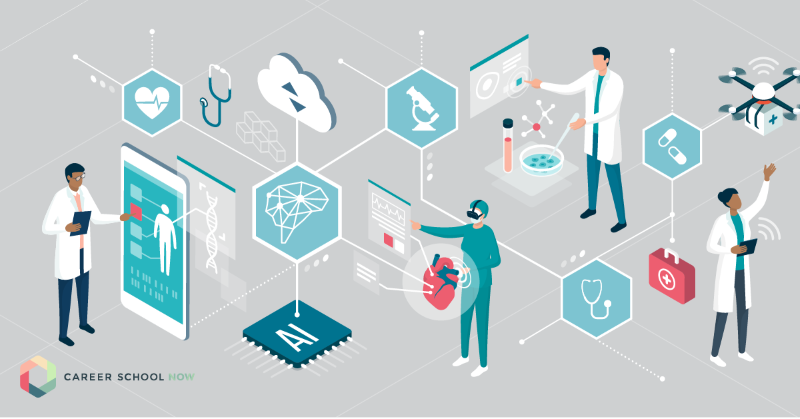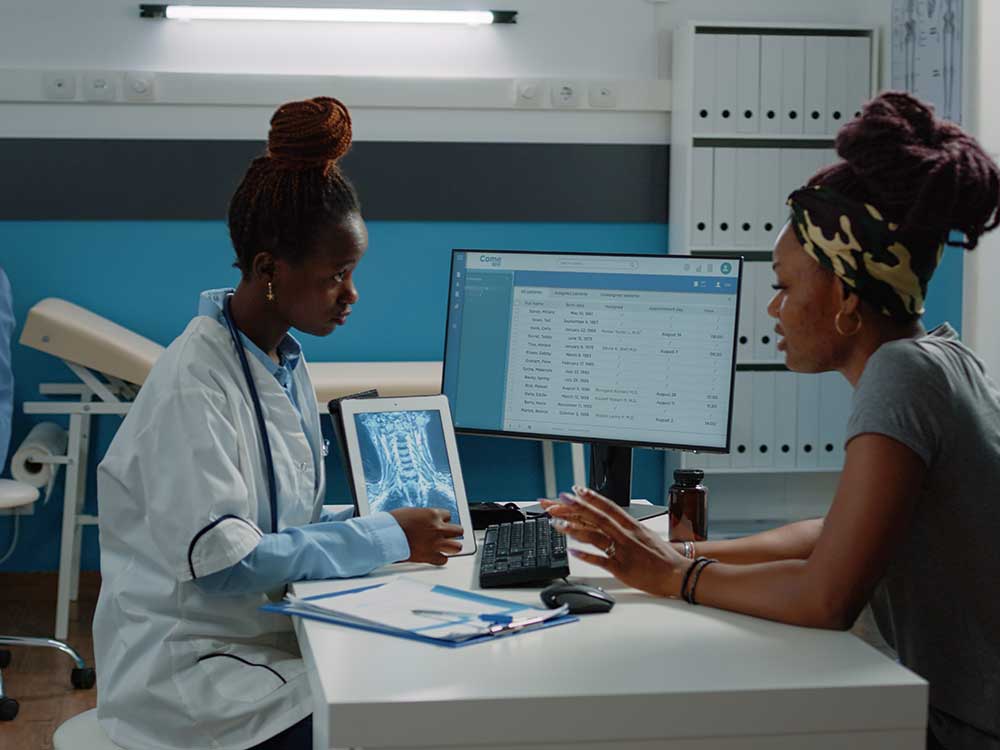Top Abilities Needed to Excel in Medical Administration Roles Today
Best Practices in Medical Administration for Improving Performance and Lowering Prices
In the ever-evolving landscape of medical care, the pursuit of finest techniques in medical administration is extremely important for enhancing effectiveness and suppressing costs. By incorporating advanced innovations such as digital wellness records and telemedicine, health care service providers can enhance procedures and improve individual treatment.
Leveraging Advanced Technology
The integration of digital remedies into health care systems has transformed the way facilities operate, enhancing processes and enhancing person treatment. By streamlining patient details, EHRs get rid of the need for cumbersome documentation and help with seamless interaction among medical care carriers.
Telemedicine is one more technological improvement that has changed individual interaction. It uses benefit for both people and health care professionals by allowing remote consultations, which can lower the need for in-person brows through and enhance consultation scheduling. In addition, telehealth platforms can expand healthcare accessibility to country or underserved areas, linking gaps in care delivery.
Additionally, the use of Artificial Intelligence (AI) and maker learning is coming to be increasingly common in anticipating analytics, allowing for early discovery of potential health and wellness concerns and even more informed decision-making. These innovations, when incorporated effectively, can enhance analysis precision and personalize client therapy strategies, ultimately leading to boosted health care outcomes and operational effectiveness.
Optimizing Resource Allotment
By purposefully taking care of resources such as workers, tools, and funds, medical care centers can significantly improve their functional performance, boost individual end results, and lower unneeded expenses. The first step in maximizing resource allotment includes conducting a comprehensive analysis of present possessions and identifying locations where resources might be underutilized or exhausted.
Prioritizing source appropriation based on patient demands and service needs is necessary. This includes aligning sources with high-demand areas, such as emergency situation treatment or specialized treatments, to make certain timely and effective individual care. Applying versatile staffing versions can likewise maximize labor resources by readjusting workers appropriation in action to fluctuating individual volumes. Furthermore, embracing telemedicine and various other technical services can alleviate physical source constraints by using different opportunities for patient-provider communications.
Funds ought to be thoroughly monitored and assigned with critical insight to support both short-term operational requirements and lasting institutional objectives. This consists of investing in training programs that boost staff competencies and embracing energy-efficient methods that minimize functional costs (medical administration). Eventually, an enhanced source allotment strategy promotes a sustainable medical care environment that is responsive, efficient, and economically prudent
Streamlining Process Processes
When health care facilities objective to enhance operational efficiency, improving operations procedures comes to be a crucial emphasis. Reliable process lessen redundancy, get rid of unnecessary steps, and boost control amongst health care experts. This method not only accelerates solution shipment however also enhances the top quality of person treatment.

Next, modern technology integration plays a substantial role Recommended Reading in enhancing operations. Executing digital health documents (EHRs) and digital physician order access (CPOE) systems decreases documents, decreases human error, and makes sure details is available to all pertinent personnel. Furthermore, leveraging telemedicine systems can simplify patient assessments and follow-ups, lowering the strain on physical facilities.

Eventually, structured process cause cost reductions and improved client complete satisfaction, promoting a much more sustainable healthcare environment.
Enhancing Information Monitoring
Structure upon streamlined workflows, optimizing information monitoring comes to be a crucial element in advancing healthcare administration. Effective information monitoring systems are crucial for maintaining exact individual records, boosting decision-making, and making certain conformity with regulatory criteria. By carrying out robust information administration services, medical care centers can enhance the top quality of individual care while simultaneously lowering functional costs.
One trick aspect of boosting data monitoring is the combination of advanced digital health document (EHR) systems. These systems assist in the seamless exchange of individual information throughout different departments, reducing duplication of examinations and reducing mistakes. A well-designed EHR system sustains data analytics, making it possible for doctor to recognize trends and make notified decisions relating to patient treatment.
In addition, protecting person data is extremely important. Adopting detailed cybersecurity measures, including security and regular audits, ensures the stability and discretion of sensitive info. This not just protects clients yet additionally maintains the organization's online reputation.
Purchasing personnel training is see it here one more essential factor. Informing medical care specialists on information management practices improves their capability to successfully make use of modern technology, leading to improved individual results. In verdict, boosting information monitoring via advanced technology and extensive training is necessary for attaining effectiveness and expense decrease in clinical administration.
Fostering Collaborative Communication
An important element ahead of time clinical administration is cultivating joint interaction amongst medical care specialists. Reliable interaction is vital for making sure smooth individual treatment, enhancing treatment end results, and decreasing mistakes. By motivating open dialogue and coordination throughout multidisciplinary groups, health care organizations can boost their functional effectiveness and decrease unneeded prices.
Central to this technique is the combination of communication modern technologies such as digital health records (EHRs) and secure messaging systems, which assist in the rapid exchange of essential patient information. These devices allow health care companies to accessibility and share information in real time, ensuring that all staff member are educated and lined up in their decision-making processes. Normal team conferences and interdisciplinary rounds can further advertise a society of partnership and liability.
Training programs concentrated on enhancing interaction skills are additionally vital. These programs can aid staff create the ability to communicate details clearly and pay attention proactively, therefore lowering misunderstandings and promoting an encouraging workplace. In addition, taking on standardized interaction protocols, such as SBAR (Scenario, Background, Evaluation, Referral), can improve the exchange of info, ensuring that important information are conveyed succinctly and successfully. Ultimately, fostering joint communication causes boosted healthcare shipment and price financial savings (medical administration).

Final Thought
Including advanced innovation, such as electronic health records and telemedicine, along with optimized resource allotment and streamlined operations procedures, is crucial for boosting efficiency in clinical management. Reliable data management and promoting collective interaction among healthcare groups are crucial for minimizing redundancies and improving treatment top quality. By focusing on precautionary treatment and taking part in high quality enhancement efforts, healthcare organizations can achieve substantial price savings and boosted individual results, thereby guaranteeing sustainable health care delivery in an increasingly intricate setting.